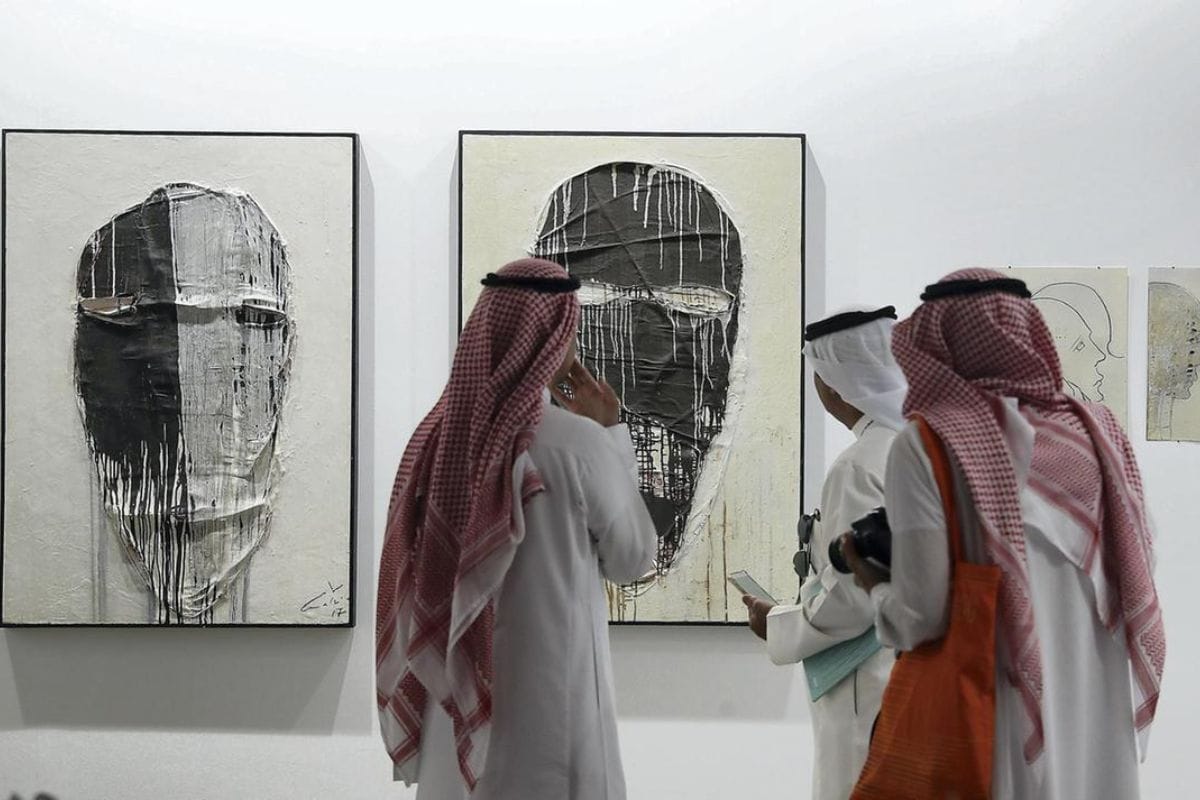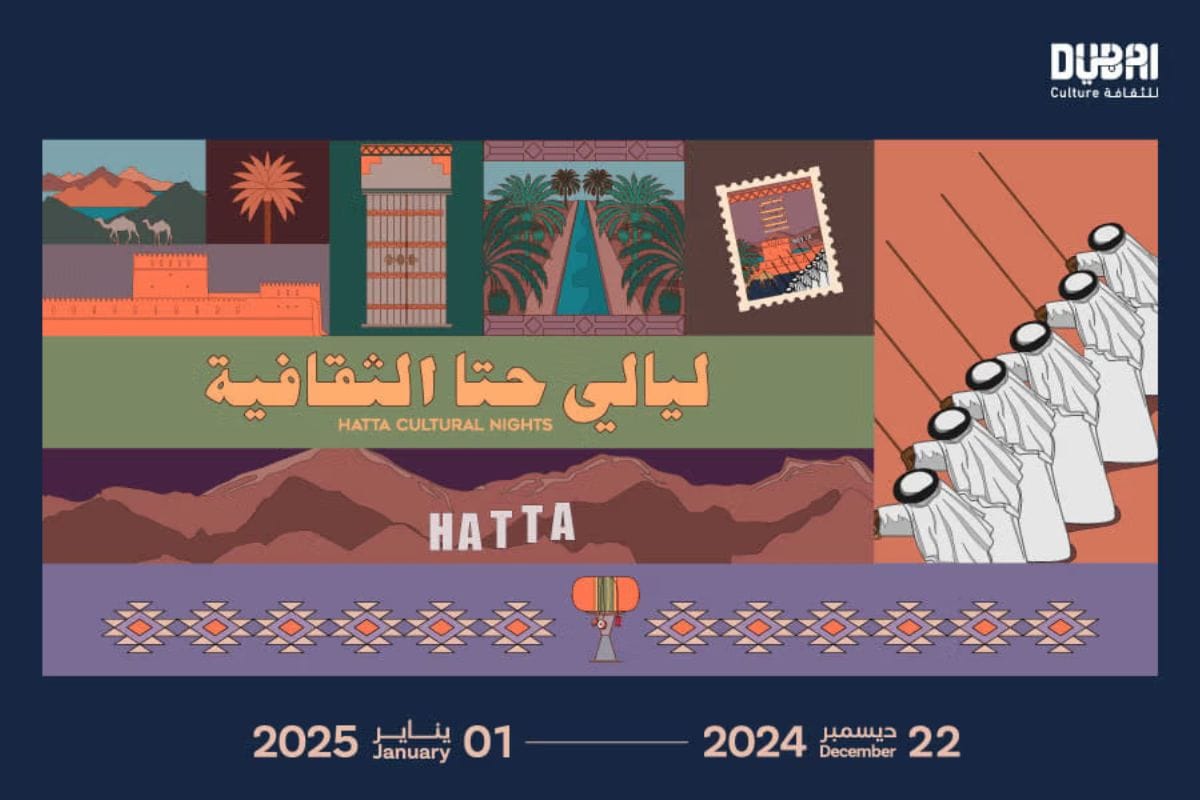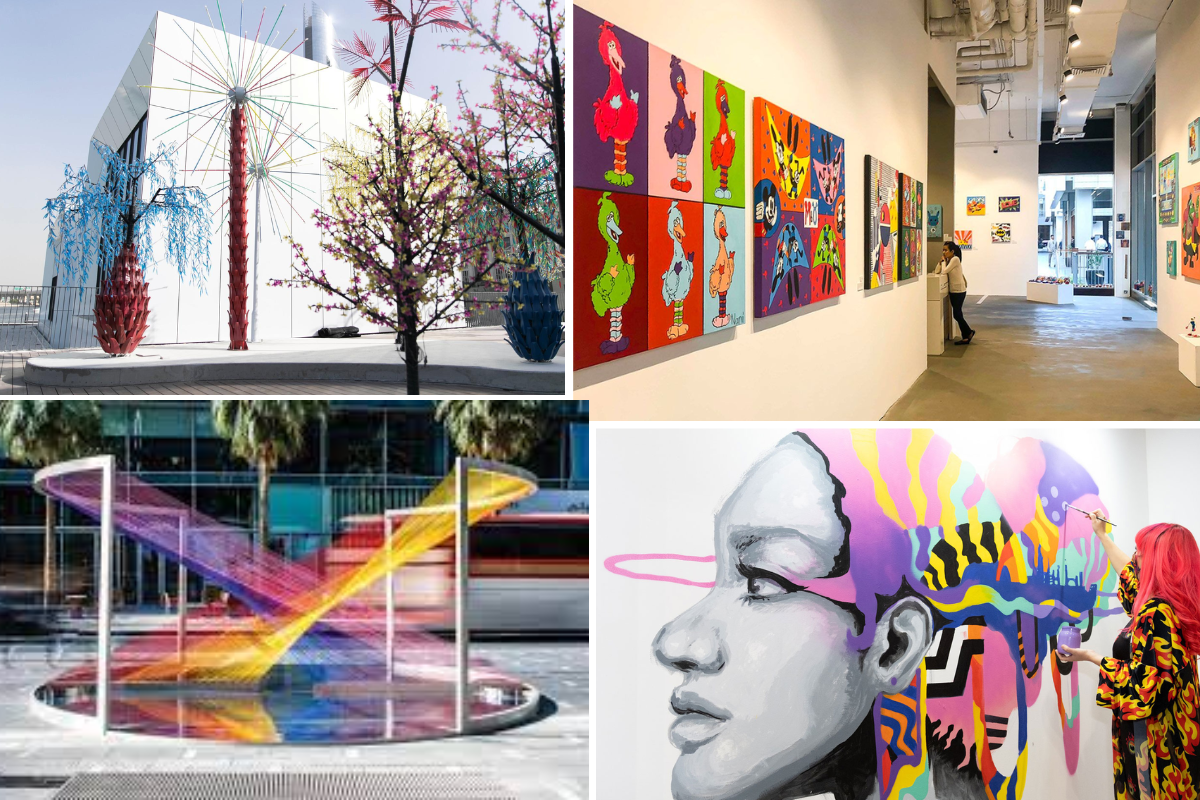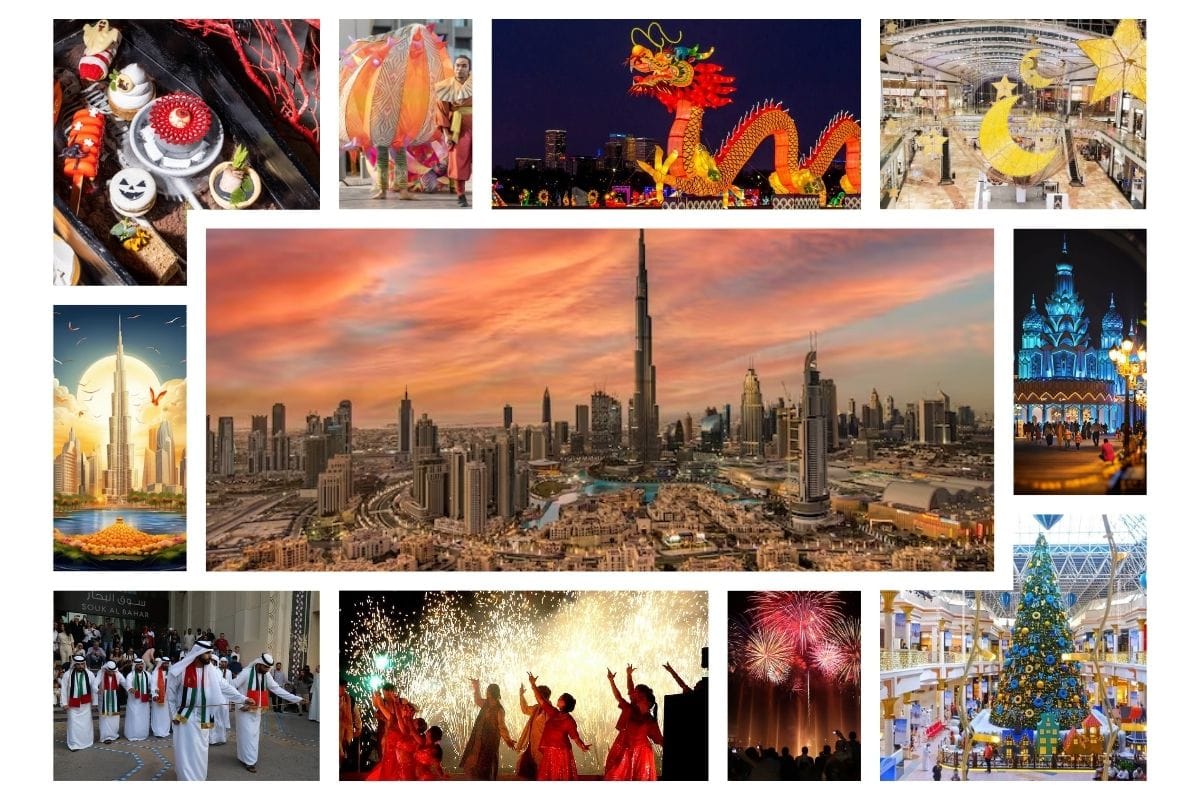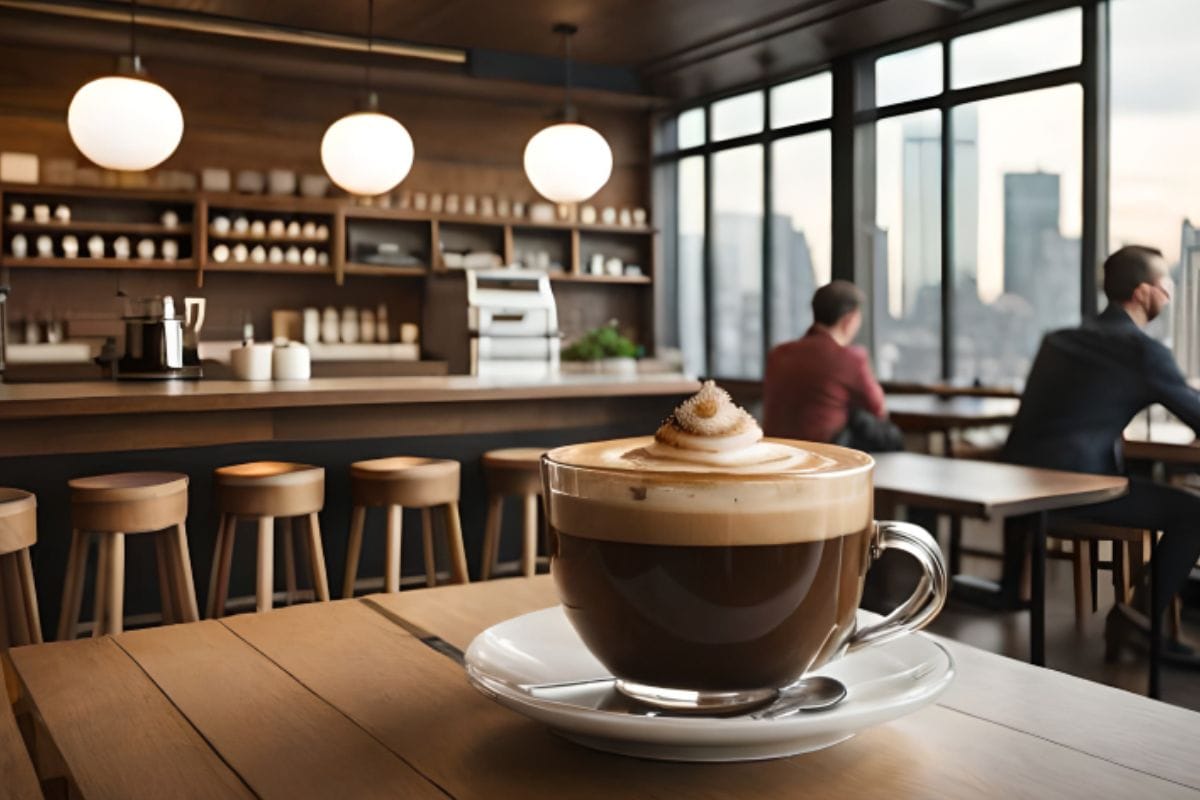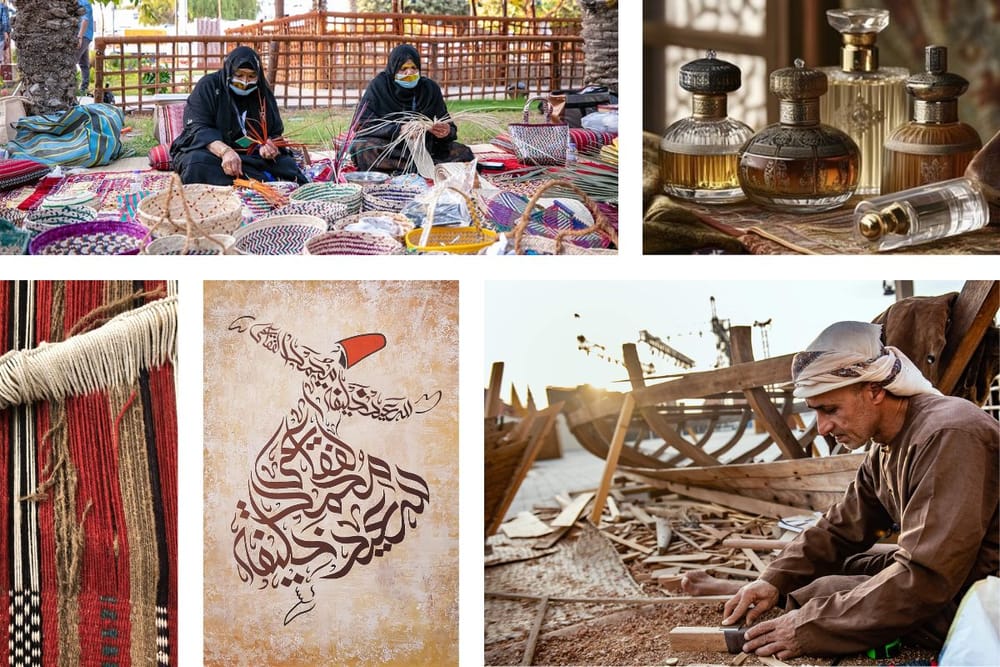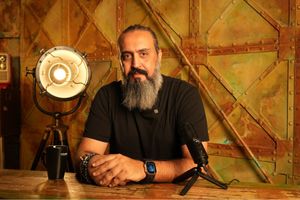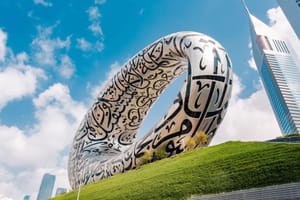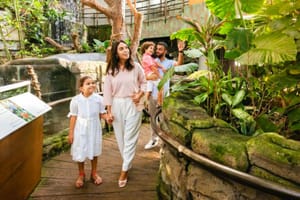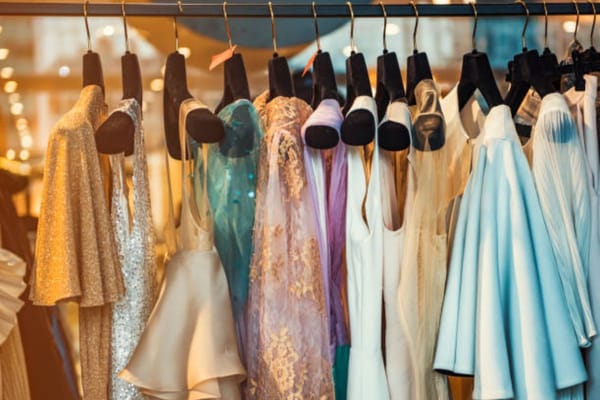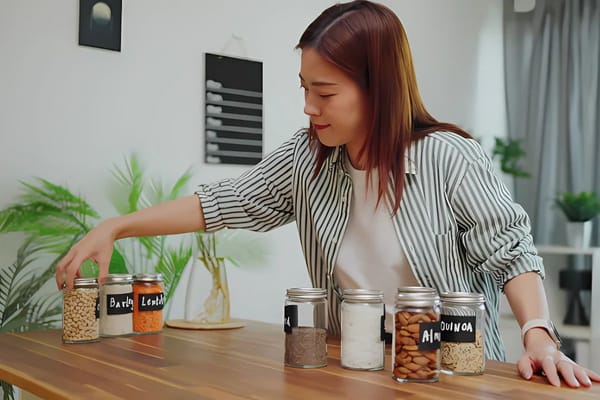Dubai’s history is deeply intertwined with craftsmanship, where skilled artisans played a vital role in everyday life. Crafts such as weaving palm fronds into household items and building wooden dhows for trade and fishing formed an essential part of the local culture. Even today, amidst rapid modern development, a quiet world of artisans continues to preserve these age-old traditions, ensuring that the essence of Emirati culture remains intact.
Calligraphers still masterfully shape Arabic script into art, dhow builders maintain the ancient techniques passed down through generations, and perfumers blend oils and fragrances using traditional methods. These craftsmen, often unseen, embody a heritage that reflects the ingenuity and resilience of Dubai’s early communities.
This article explores the hidden artisans of Dubai, shedding light on their unique crafts, their significance in preserving culture, and ongoing efforts to keep these skills alive for future generations.
Calligraphers – The Art of Arabic Script
Arabic calligraphy holds a special place in Emirati culture, celebrated for its elegance and spiritual depth. This ancient art form has long been used to adorn mosques, manuscripts, and even textiles, with each style reflecting a different era of Islamic history. Today, despite the rise of digital art, skilled calligraphers in Dubai continue to preserve this timeless craft by creating hand-drawn works that highlight the beauty of the Arabic language.
One of the key places where this art thrives is the Dubai Calligraphy Centre, which regularly hosts exhibitions showcasing traditional and contemporary works by local and regional artists. The centre also offers workshops that allow visitors to engage with the craft firsthand, learning from experienced calligraphers who have spent years perfecting their skills.
Beyond formal institutions, Arabic calligraphy remains an integral part of local markets and cultural festivals. Artisans can often be found at heritage events or during exhibitions at places like Alserkal Avenue and Al Fahidi Historical Neighborhood, where they display and sell hand-crafted calligraphy pieces. These venues offer a glimpse into the dedication and mastery of artisans who, despite modernization, have remained committed to this intricate craft.
Some prominent calligraphers in Dubai also work on commissioned pieces, crafting personalized artworks for homes, offices, and public spaces. Their work bridges the gap between tradition and modernity, keeping this revered form of art alive and accessible to all.
Dhow Builders – Masters of the Sea
Before Dubai became a global hub for trade and luxury, life revolved around the sea. Wooden dhows played a central role in transporting goods, fishing, and pearl diving, forming a vital part of the city’s early economy. Today, while modern ships have taken over large-scale trade, traditional dhows still operate, particularly around Bur Dubai and Deira Creek, where they ferry goods across the Gulf and beyond.
In areas like Dubai Creek, visitors can see these dhows lined up, ready to set sail. Many of these vessels are still handcrafted by skilled artisans who use techniques passed down over centuries. Unlike modern boats, dhows are built using simple tools, high-quality wood, and wooden pegs, ensuring each vessel retains its authenticity. The sight of fully loaded dhows at Dubai Creek offers a rare glimpse into the city’s past, where trade was conducted via the same waterways that now host bustling souks.
In addition to dhows, abras—small wooden boats used for short trips across the creek—are another enduring symbol of Dubai’s maritime history. These boats continue to ferry passengers between Bur Dubai and Deira, offering a cost-effective and scenic way to experience the city’s waterways.
For those who wish to see dhow building up close, Al Jaddaf remains a key location where artisans construct new dhows using time-honored methods. Festivals and cultural exhibitions in Dubai often feature traditional dhow-building demonstrations, helping to preserve this essential craft for future generations.
Perfumers – The Makers of Arabian Fragrances

For centuries, the art of creating perfumes has been cherished in the Arabian Peninsula, where scents are considered a reflection of identity and tradition. The region has long been known for its mastery of blending rich oils and essences, with families passing down the craft for generations. Today, the art remains alive in the hands of seasoned perfumers who continue to create complex and luxurious scents.
Some of Dubai’s oldest perfumeries have grown into renowned names, such as Ajmal, Swiss Arabian, and Rasasi. These family-run businesses began decades ago with a small collection of oils and incense and have since expanded into global brands while staying true to traditional methods. Their blends, especially those featuring oud, amber, and musk, are highly sought after for their depth and longevity.
A walk through the Perfume Souk in Deira offers a sensory experience like no other. Here, perfumers mix oils by hand, often creating bespoke blends tailored to individual tastes. Shelves are lined with ornate glass bottles filled with vibrant oils, and the air is thick with the scent of oud and rose—a signature feature of Arabian perfumes. Many of these shops have been operating for decades, making them an integral part of Dubai’s artisanal landscape.
Oud, often referred to as the "scent of royalty," remains the star ingredient in most traditional perfumes. Extracted from the agarwood tree, it is one of the most expensive and valued oils in the world. Artisans skillfully blend oud with rose, saffron, and sandalwood to create unique fragrances that reflect both heritage and personal expression.
For those curious about the process, some perfumeries offer workshops where visitors can learn about fragrance-making and even craft their own signature scent. These experiences provide a deeper appreciation for the craftsmanship involved in an industry that continues to blend tradition with modern sophistication.
Other Traditional Craftsmen
Dubai’s rich heritage is not limited to calligraphy, dhow building, perfumery, or Al-Khous weaving. Several other traditional crafts continue to thrive, thanks to the dedication of artisans who have preserved these skills over generations.
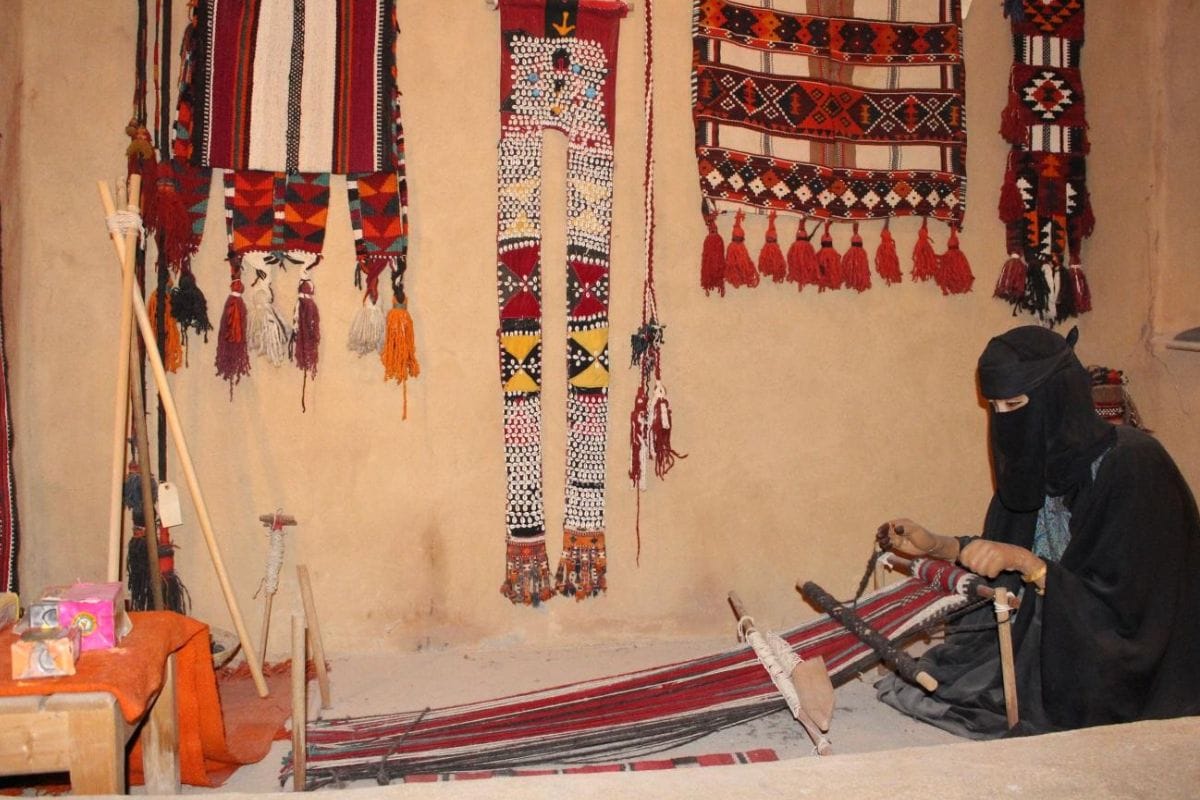
Weaving Sadu Fabric
Sadu weaving, an ancient Bedouin craft, involves the use of sheep wool and goat hair to create patterned textiles. Traditionally, Sadu fabric was used for tents, carpets, and cushions in Bedouin homes. Today, this craft is preserved by local artisans, and visitors can view live demonstrations at heritage festivals and cultural centres across Dubai.
Goldsmiths and Jewelry Makers
Gold holds a special place in Emirati culture, symbolizing wealth and tradition. Dubai’s jewellery makers have long been known for their intricate designs, blending ancient techniques with modern styles. Walking through the Gold Souk in Deira, visitors can see artisans working in small shops, crafting delicate gold pieces by hand. Many of these shops have been run by the same families for decades, offering custom designs and unique creations that reflect the artistry of the region.
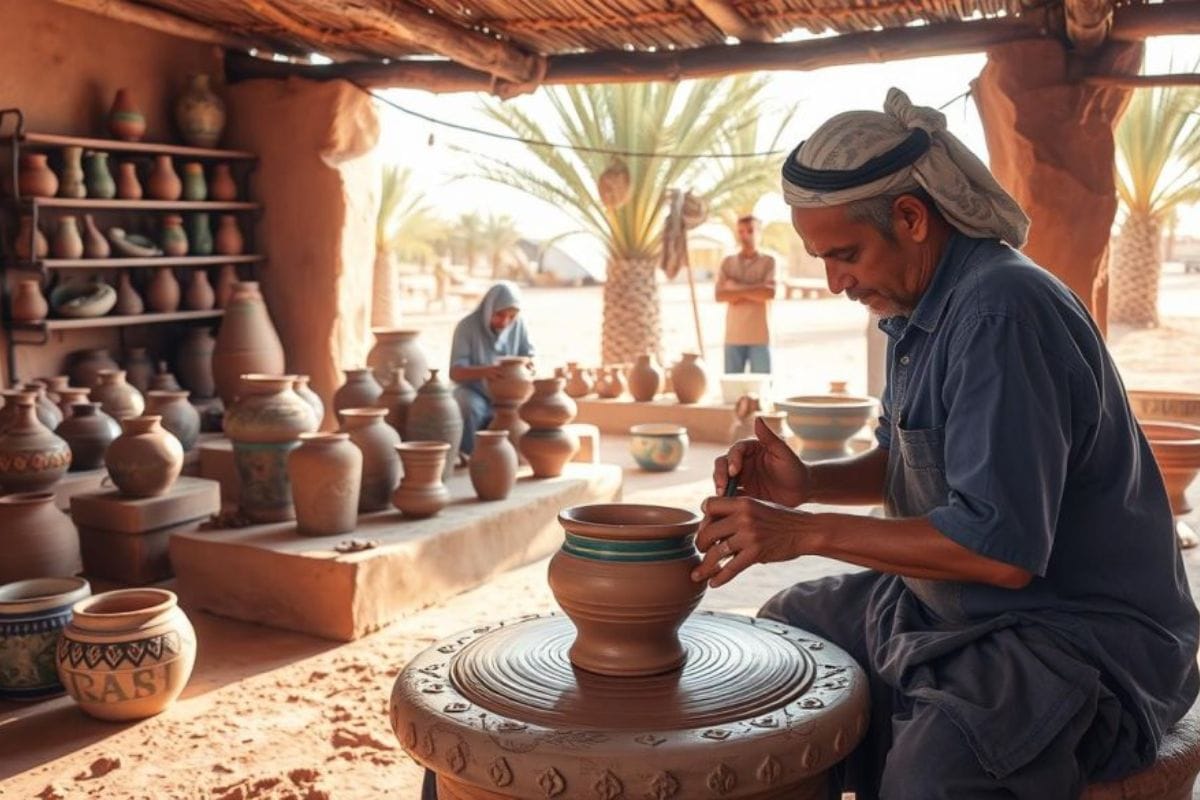
Potters Shaping Clay
Pottery has been a part of Emirati life for centuries, used for storing food and water in the hot desert climate. Although mass-produced ceramics are now common, traditional potters continue to create hand-thrown clay vessels using methods passed down through generations. The Dubai Heritage Village often hosts pottery workshops and displays, giving visitors a chance to learn about this ancient craft and its significance in daily life.
Each of these craftsmen contributes to the preservation of Dubai’s cultural identity, ensuring that the city’s history is not forgotten amidst modern development. By keeping these skills alive, they offer a window into a way of life that once defined the region.
Preserving Tradition in a Modern World
As Dubai races toward the future with groundbreaking innovations and rapid urban development, preserving its cultural heritage has become more important than ever. The city’s artisans, who quietly keep ancient crafts alive, face increasing challenges in a world dominated by mass production and technology. However, efforts to support these craftsmen are steadily growing, ensuring that their skills are passed down to future generations.
The Dubai Culture & Arts Authority plays a pivotal role in safeguarding traditional crafts through initiatives such as workshops, exhibitions, and public demonstrations. Heritage festivals across the city, including those held in Al Fahidi Historical Neighborhood and Global Village, provide platforms for artisans to showcase their work and connect with wider audiences. These events not only celebrate Emirati craftsmanship but also create opportunities for younger generations to learn and appreciate these age-old skills.
Beyond government efforts, private organizations and cultural enthusiasts have also taken steps to promote traditional crafts. Some family-run businesses offer apprenticeship programs, encouraging young artisans to take up their ancestors’ trades. By blending tradition with modern marketing strategies, they ensure that these crafts remain relevant in today’s market.
Preserving the work of Dubai’s hidden artisans is about more than keeping old skills alive. It’s about honouring a rich cultural legacy, fostering a sense of identity, and ensuring that future generations can experience the beauty of authentic craftsmanship. These artisans represent a vital link between Dubai’s past and its future, reminding us that even in a city defined by progress, tradition still has a place.
By exploring the work of Dubai’s hidden artisans, we not only gain insight into a fascinating part of the city’s heritage but also help preserve it. So next time you’re in the city, take a moment to seek out these crafts and the skilled hands behind them—they are the true keepers of tradition.
Also Read:
